Mozambique
The after effects of Cyclone Freddy continue to affect Mozambicans. The cyclone’s displaced some 184,000 people as the country faces its worst cholera outbreak in more than a decade.
Now, over one million people face the possibility of contracting cholera, Polio or Covid-19 the World Health Organisation warned, Friday.
The WHO Representative for Mozambique spoke from Maputo.
"While the cholera outbreaks regularly occur in Mozambique between October and April of every year with more than 21,000 cases currently and 95 deaths, this is the largest outbreak in the last 20 years," Dr Severin von Xylander said.
"For example, Manica province bordering Zimbabwe had not seen a case of cholera in the last 15 years."
Mid-March, Cyclone Freddy damaged 163 health facilities, raising health risks. The WHO representative detailed the fatality rate and commended the work of health professionals.
"Luckily, the case fatality rate for the cholera treatment center is below the threshold of one per cent, which means we are able to save lives. And I really have to acknowledge the wonderful work that the Ministry of Health is doing, deploying people that at the same time need to look after their families and meanwhile treating people."
Eight of the country's 11 provinces have been affected as cases continue to rise.
The first vaccination campaign was launched in February. A new one kicked off Thursday in the eastern city of Quelimane, targeting 410,000 people.
Cholera is an acute diarrheal infection. When severe, it is characterized by extreme watery diarrhea and potentially fatal dehydration.





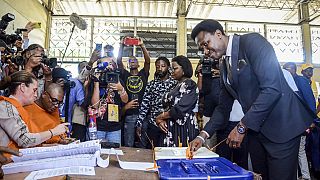
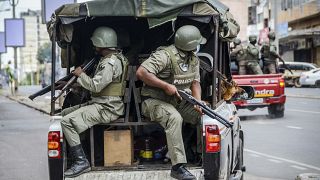
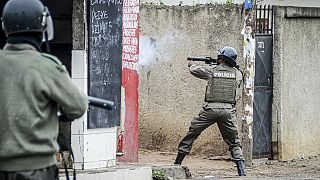
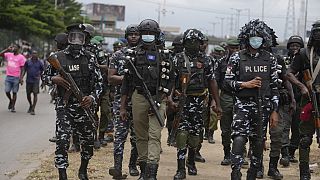
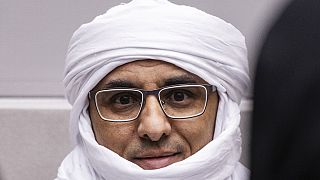

Go to video
SADC extends mandate of its troops in DRC and Mozambique
01:13
EU agrees to give another €20 million to Rwanda Defence Force in Mozambique
01:14
Hundreds dead, thousands infected in Sudan's months-long cholera outbreak
01:16
Mozambique's government imposes ban on demonstrations, after weeks of deadly post-election protests
00:55
New report shows sub-Saharan Africa receives the least diabetes treatment
01:48
Kung Fu gains popularity among young people in Kenya